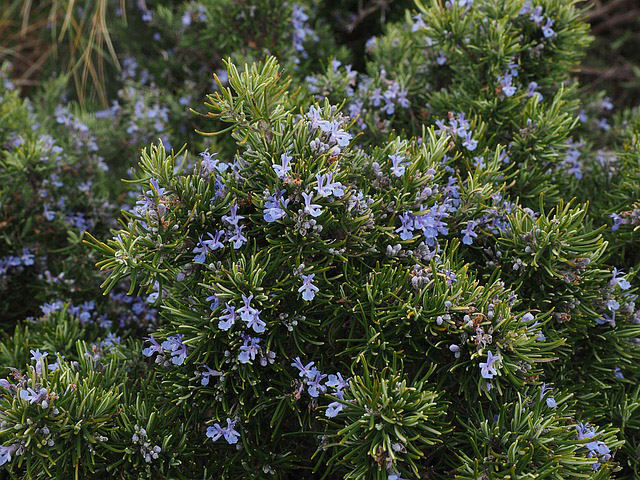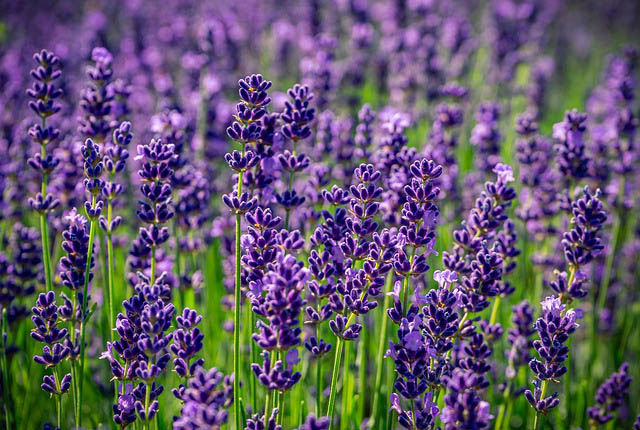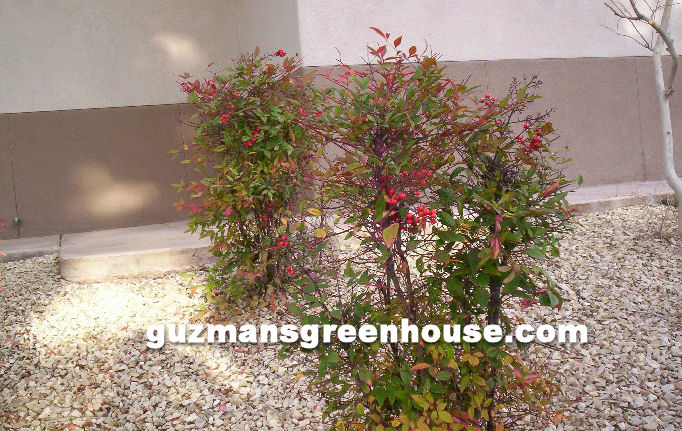Last updated on January 4th, 2026 at 01:11 pm
Water Conservation with the right plants. Water Smart Plants. Living in the Southwest USA does require special needs when it comes to finding the right plants for your garden. I love planting stuff almost year-round, outdoors, and indoors, with vegetables, flowers, annuals, and perennials. But in mid-summer, I struggle to keep my plants looking their best.

But as most of you know the Southwest continues to struggle with drought conditions. Some years are worse than others. Other areas have been undergoing severe drought. Hopefully not this year! Right?
Many cities impose water restrictions, making it hard for novice or seasoned gardeners to make their landscaping area green and lush. Watering your lawn and new plants only twice per week is not good!
So, what’s a gardener to do? There are some things you can do to help overcome drought conditions no matter where you live.
I have a list of plants that require low water and some great water conservation techniques that you can employ to make your garden look better than most in your neighborhood. So if you live in an area that is going through a drought or if you just want
to save water, I suggest you use some of these techniques as well.
What type of soil do you have?
First, look at your outdoor plants. In and around the southwest landscape the majority of soil is plain sand. Adding well-composted soil to the area will do wonders to help your plants thrive. Do not dig up your plants, just apply them to the sandy soil and gently mix them in with a spade or shovel. Use potting soil on vegetable and flowering bedding plants to improve soil quality.
Clayish soil (AKA caliche) is hard dirt and will retain water, this will make your plants and lawn susceptible to root rot and fungus. Try aerating the hard soil with an aerating tool. You could rent one at your local nursery or rent center. The thing to do is aerate and then incorporate some gypsum into the soil. This will help loosen the soil. The one caveat to all this is that it will take several applications over several years before you get good results.

Installation of a Drip Irrigation System
The installation of a drip irrigation system for drought plants is an innovative idea. However, you could easily overwater by setting your timer for too long or too many days. The great thing about watering or drip systems is that they constantly drip water into your plants, and with a timer, it’s watered when you want to water it. So, it is much easier and more efficient than the hose or bucket watering! Typically, 10 minutes twice per week should work. Water more often at first to get them established.
Water Smart Plants
Ok, now the water-smart plants. If you still seem to need more water than you can supply to your garden, you might consider which plants you could replace with less water-dependent plants. If you want a good shrub that doesn’t use up more than its share of water, look for Heavenly Bamboo.
Heavenly Bamboo is slow-growing but requires low water once established. It is not only tolerant of drought but looks decorative in any garden. Plus, it will turn a showy reddish color during the winter seasons. Other varieties are the Gulf Stream, Sienna Sunrise, and Firepower. Can be used in the background with shorter flowering perennials in front.
Drought Tolerant Herbs
Herbs such as rosemary are useful in your garden. Rosemary is drought-tolerant and looks rather decorative in any garden. Plus, it does produce a nice lavender-colored flower for a showy herb garden. In addition to those qualities, it is also deer and rodent-resistant. Plant it in an area where you can easily pluck the foliage and use it for garden cooking! The closer to the kitchen, the better. Rosemary requires lots of water when first planted. However, once established, you can water it occasionally. Read more at “Rosemary Herb Health Benefits“.

Penstemons are water-smart plants
If you’re trying to find flowers that will still be lush and beautiful despite the lower amounts of water, look for Penstemon. These plants come in wide varieties like blue Penstemon, Clevelandii Penstemon, firecracker Penstemon, and many more. Plus, they come in a multitude of colors, blue, purple, red, pink, orange, and more. Drought and heat-resistant. Plant them in mass for a spectacular spring garden. Are they friendly to hummingbirds? You bet they are!
Penstemons do well in the Southwest
- The Penstemon Palmerii
- Penstemon parryi
- Another one is the Penstemon davidsonii
- Penstemon spectabilis
- Penstemon rostriflorus

You can attract hummingbirds and butterflies with varieties like Yarrow and Cosmos


Water Smart Landscaping
Yarrow (top photo) is easy to grow, and the most common variety is the yellow variety. But they also come in red, pink, and white. The best part of all these plants is that they don’t look rugged, but they are.
Cosmos (bottom photo) are taller plants and should be planted behind shorter flowering perennials. Or plant them in and around smaller shrubbery or trees. The C. bipinnatus variety is taller with a dark pink color.
Lavender is a good water-smart plant.

Once established they are drought resistant. They come in dark purple to light blue colors. They will bloom throughout the spring and most of the hot summer seasons. All lavender is fragrant some more than others. The most fragrant is the “Lavendula X Intermedia”.
You can attract hummingbirds and butterflies with Cosmos and Yarrow. The best part about all these plants is that they don’t look like drought desert-type plants, but they are!
Additionally, one of my favorite drought-resistant plants is the Lavender plant. I could go on and on about this plant.
A large group of Lavender plants looks unbelievably gorgeous in your garden and hardly requires any water to flourish. Pineapple sage is another personal favorite.

Lavender in the rock landscape
You can use Lavender in rock gardens and flower beds. It is a herb and can be used in marinades, fragrant oils, sauces, and even teas. Furthermore, Lavender plants are used in medicine, food, and confetti. Learn more over at Wikipedia.
Undoubtedly, your neighbors and friends will be asking you… What are these, and where can I get some?
Creeping Phlox
Additionally, Creeping Phlox is another great low-watering perennial. They grow to about 4-5 inches tall and have showy carpet-like blooms. The flowers are star-shaped they come in pink, white, and red. However, they are short-lived, but you can prune off the top after blooms expire to encourage new blooms. Great in rock gardens and xeriscape landscape design.

Water Conservation Tips.
Always water in the early morning hours, especially your lawn. Avoid watering during the mid-hours. Who knows what you might see!
Watering during the late hours and standing water may promote fungus and diseases. Water in the morning hours plus you’ll save money on your water bill.
Check your sprinkler system to make sure you are not watering the driveway or your Neighbor’s yard. Install a lawn Sprinkler System. Be sure all sprinkler hoses and drip systems are not leaking, blocked, or pinched. Water Conservations tips for Southwest
Conclusion:
So if you are dealing with a drought and perhaps watering regulations, I suggest you try some of the plants I’ve mentioned. Even if you’re just trying to conserve water or be generally more efficient with it, I think you’ll still be able to benefit.
Remember to ask for these types of plants at your local nursery during the early spring seasons.
Looking for information on plants that require little to no water. Find them here at Southwest Garden Ideas.

Greenhouse Manager, Master Gardener, and Webmaster.
If you have any questions or enjoyed this post, feel free to share your thoughts in the comments below.



